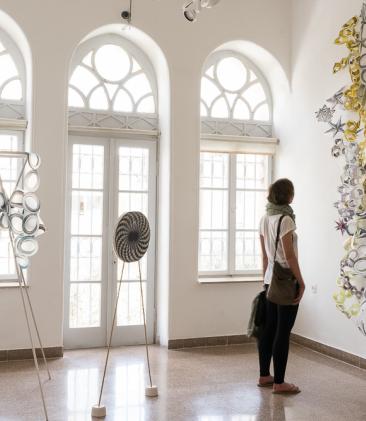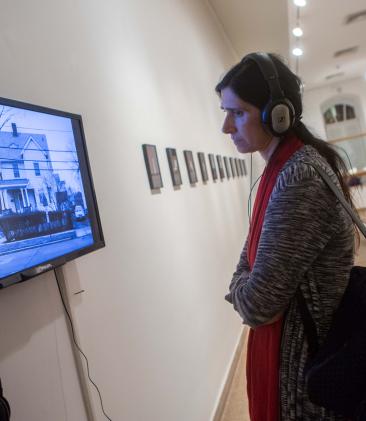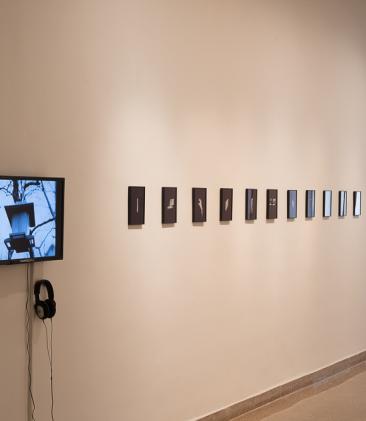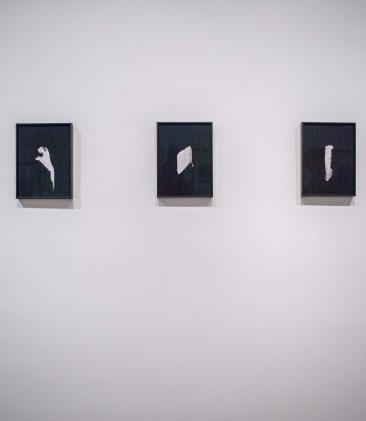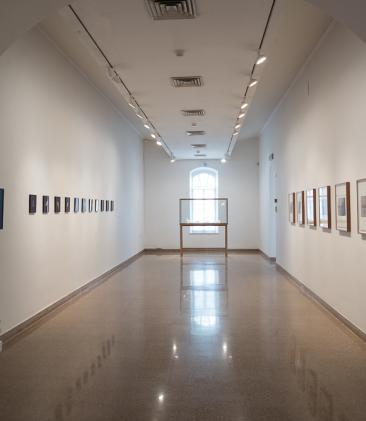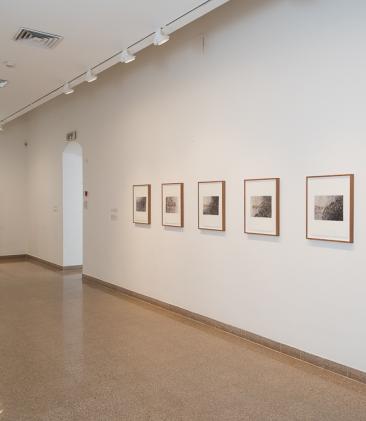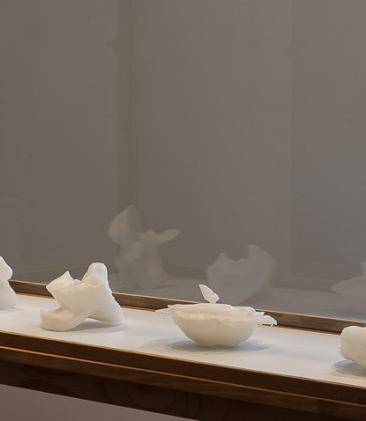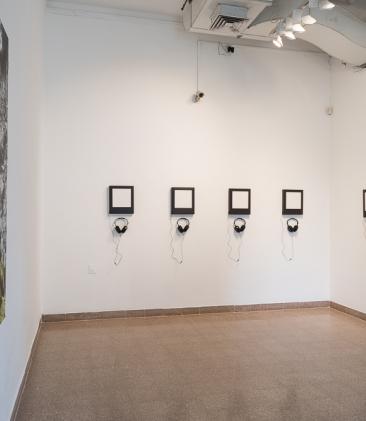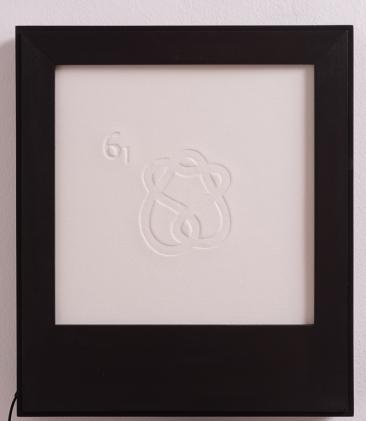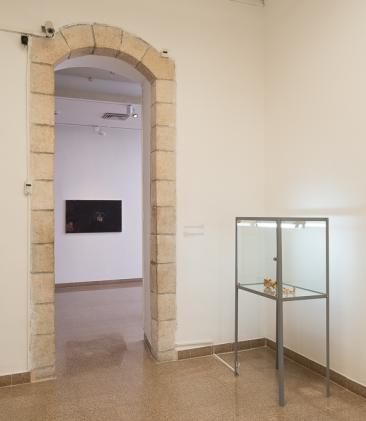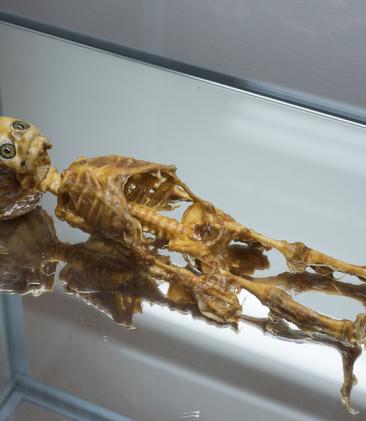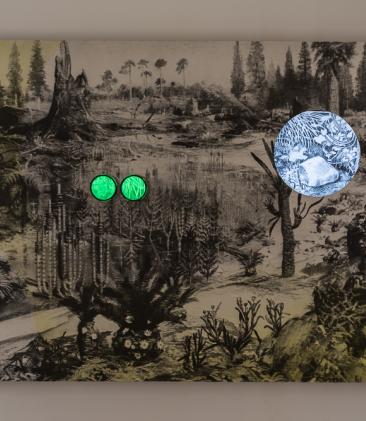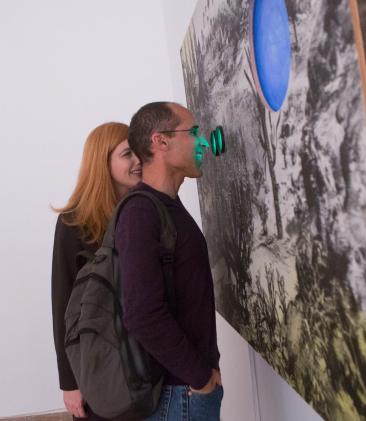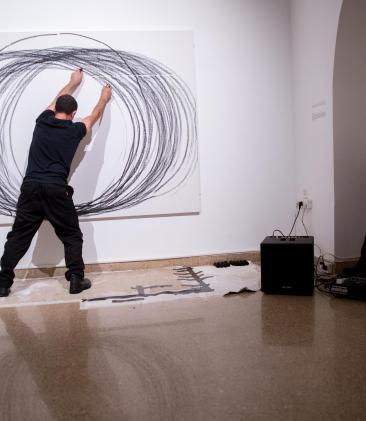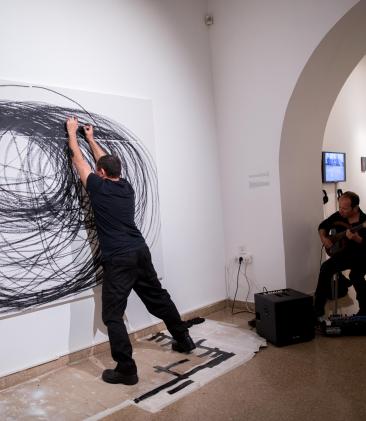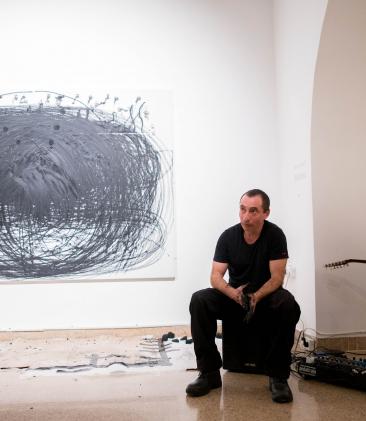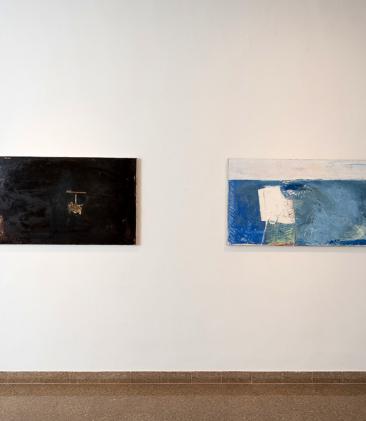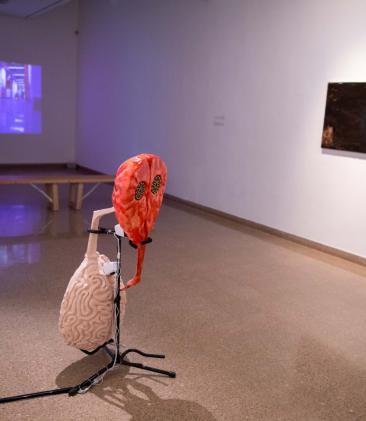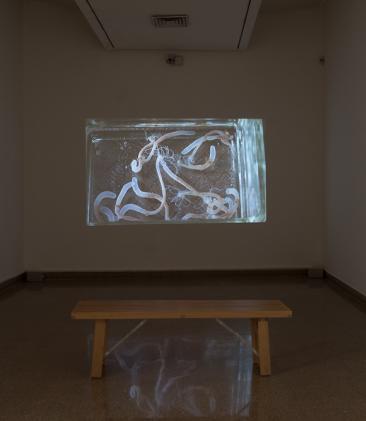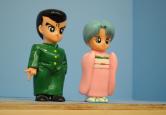In the beginning there was art. Then came the written word, and most recently, science. And thus is the order of the world.
The most mysterious, complex, and most elusive object in the entire universe is the human brain. It is like a noisy electrical machine: thinking, calculating, seeing, feeling, speaking, and enabling us to organize ourselves in the world. But how it functions still escapes our understanding and it remains a great enigma: What makes the human brain so creative? Is it merely its biological components — the nerve cells and the interconnecting synapses that create huge, dynamic, and interactive neural networks?
For almost a year, the artists participating in this exhibit were paired with brain scientists from disciplines such as vision, cognition, movement, hearing, and memory. Together, they held research meetings and collaborative sessions culminating in a novel artistic and verbal language. Some artists honed their distinctive artistic handwriting, while others turned to new modes of expression created during the process. Artists and scientists alike experienced a fundamental change in the way they envisioned and represented the world.
This change is a product of the activation of thought and imagination during the learning process, which is essentially a creative process that results in the creation of new synapses between the brain cells. The result is a new, harmonious neural network. Metaphorically, we may say that creativity exists between synapses, between action and reaction. As partners in the act of creation, the artist and the scientist are motivated by curiosity, boundless imagination, intuition, and the quest for answers. Both work diligently, either in the studio or the laboratory, to create new links, attempting to understand the world around us.
Many thanks to The Edmond and Lily Safra Center for Brain Sciences, and especially to the researchers of The Hebrew University of Jerusalem, for their cooperation with the artists. Their collaborative efforts have generated new synapses in the brains of the creative teams – artists and scientists – and made this exhibition possible.
20
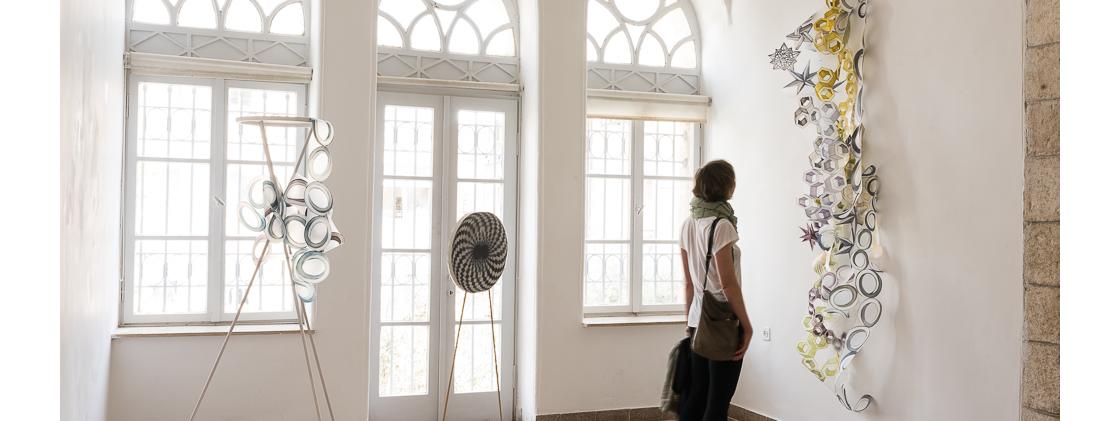
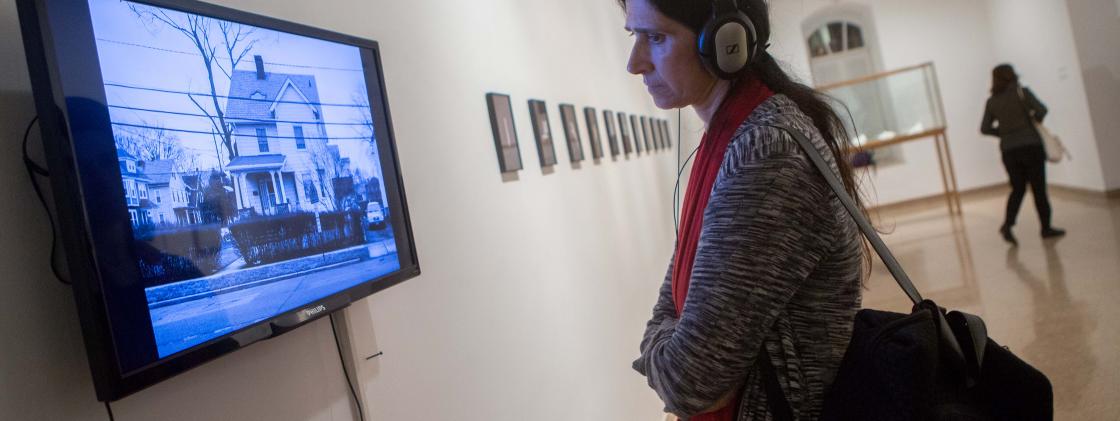
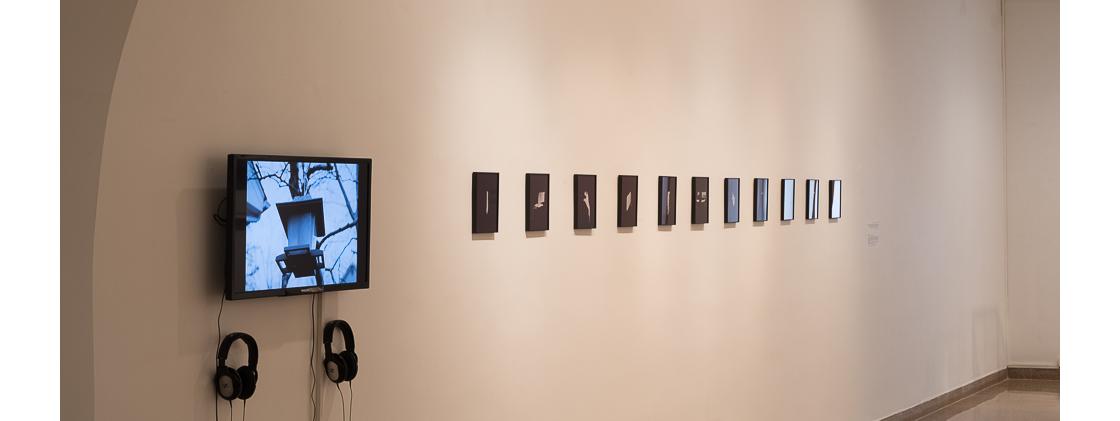
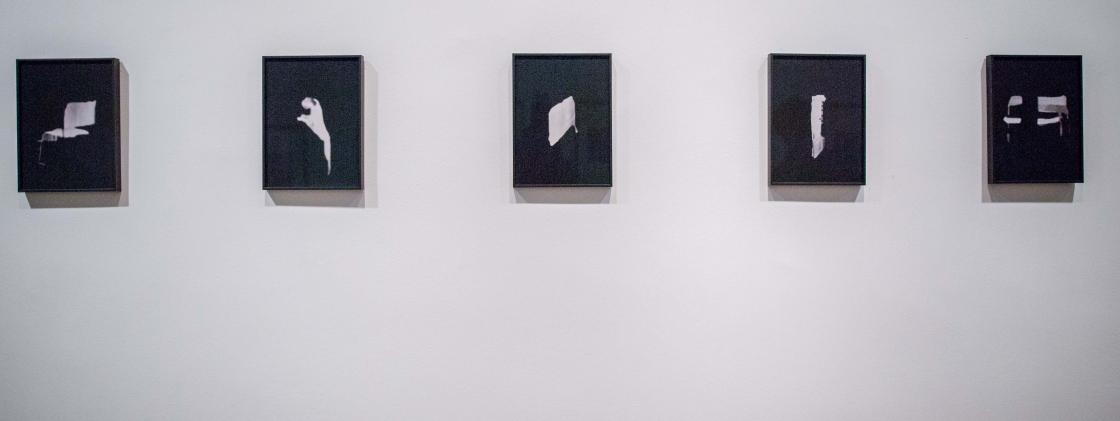
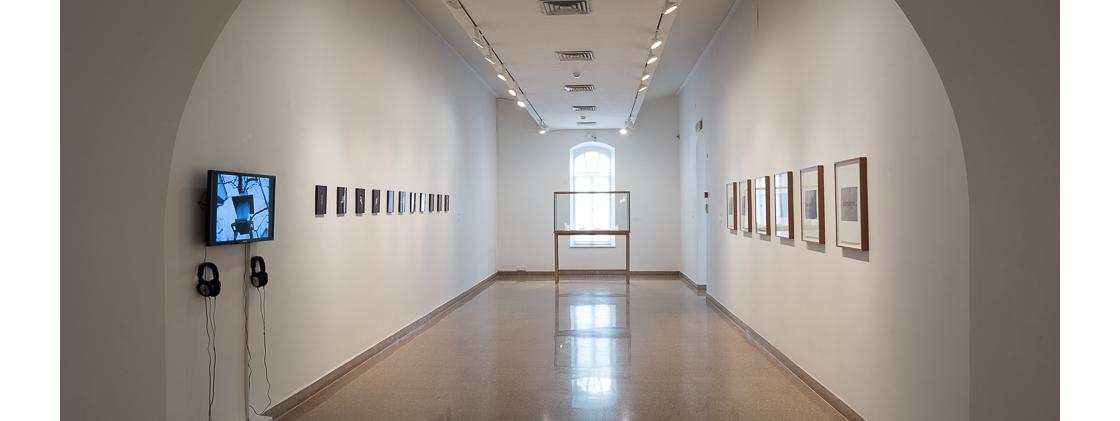
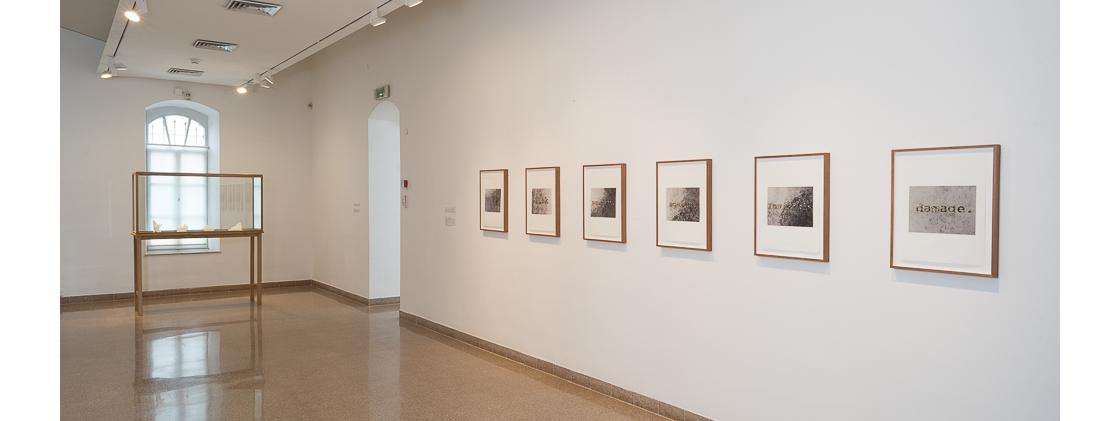
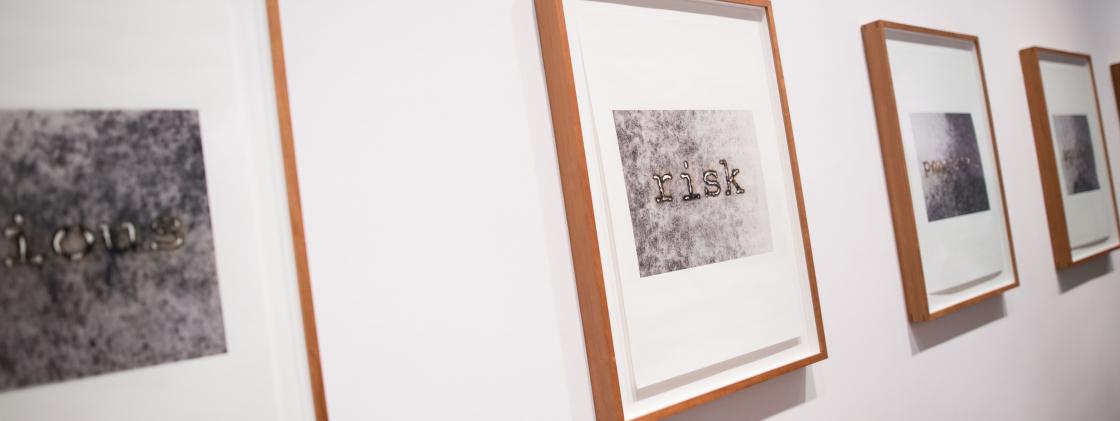
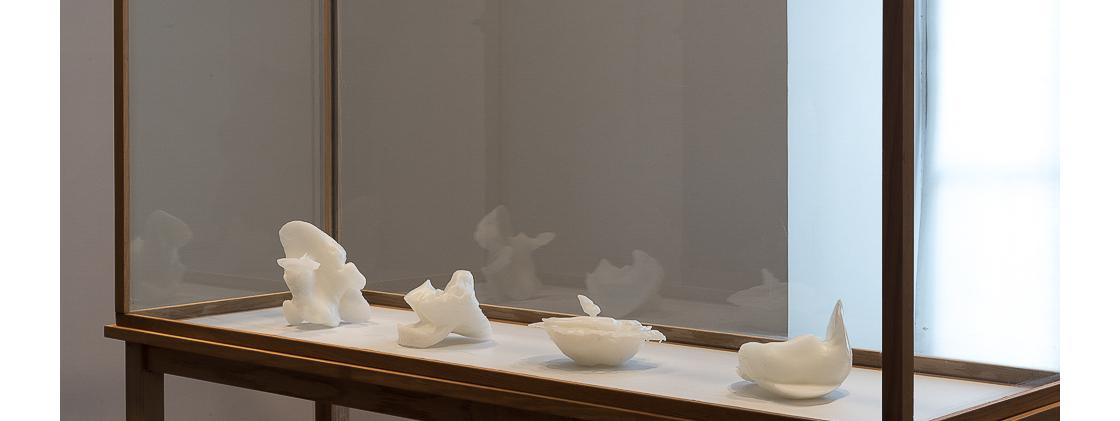
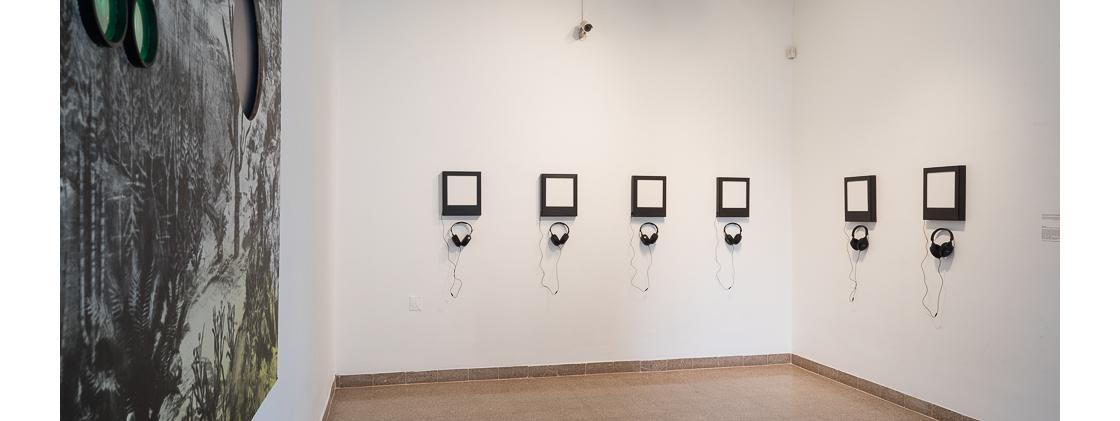

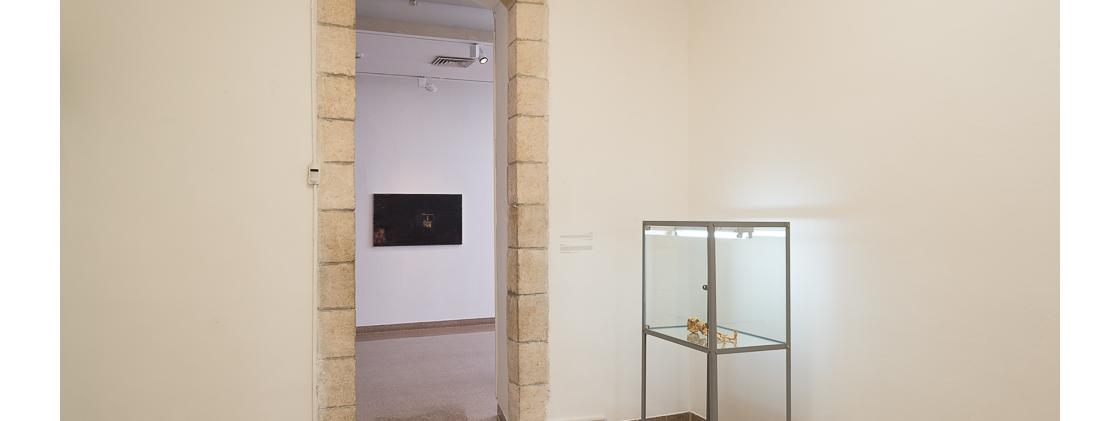
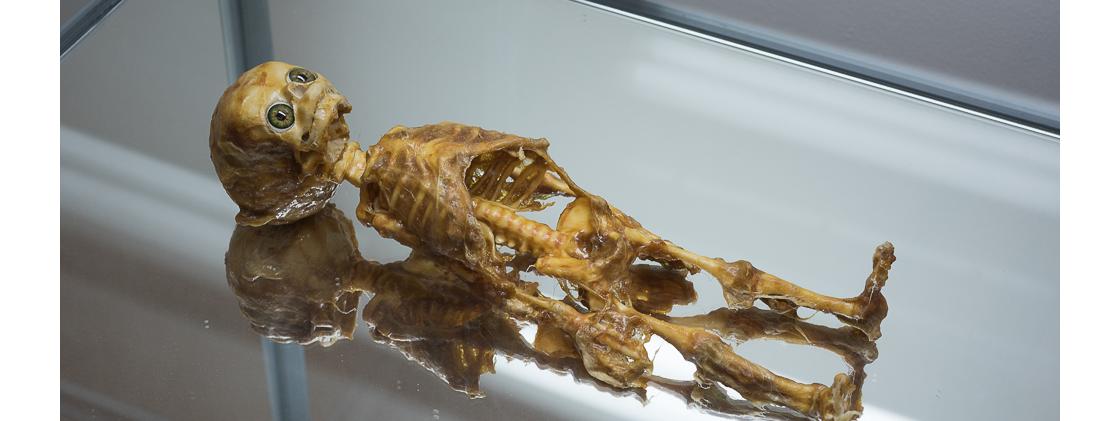
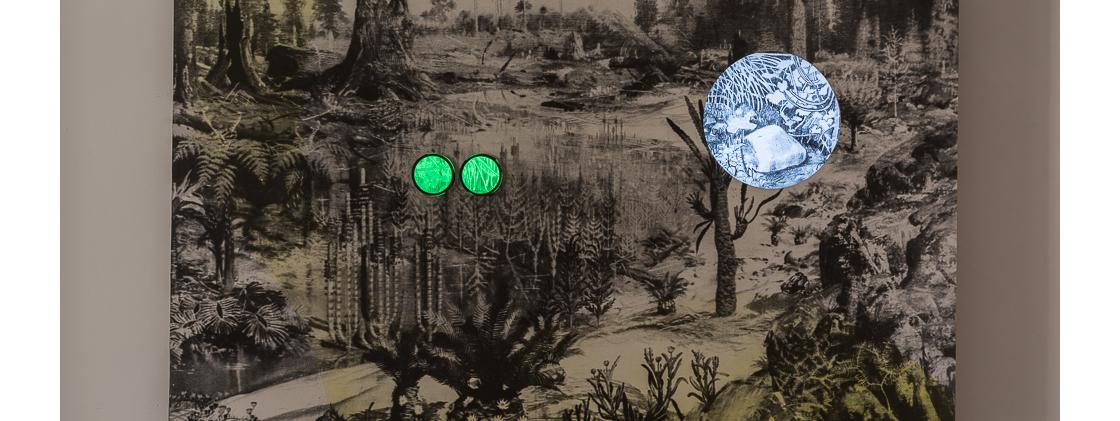
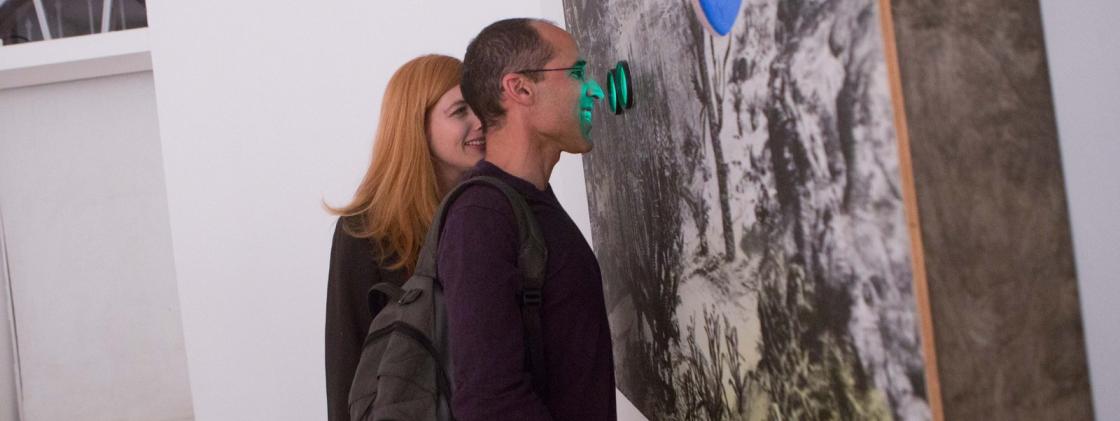
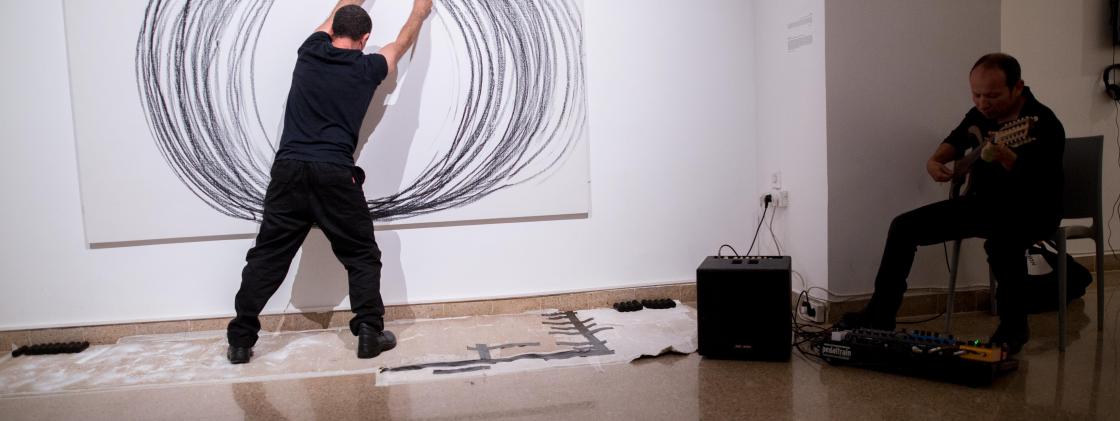
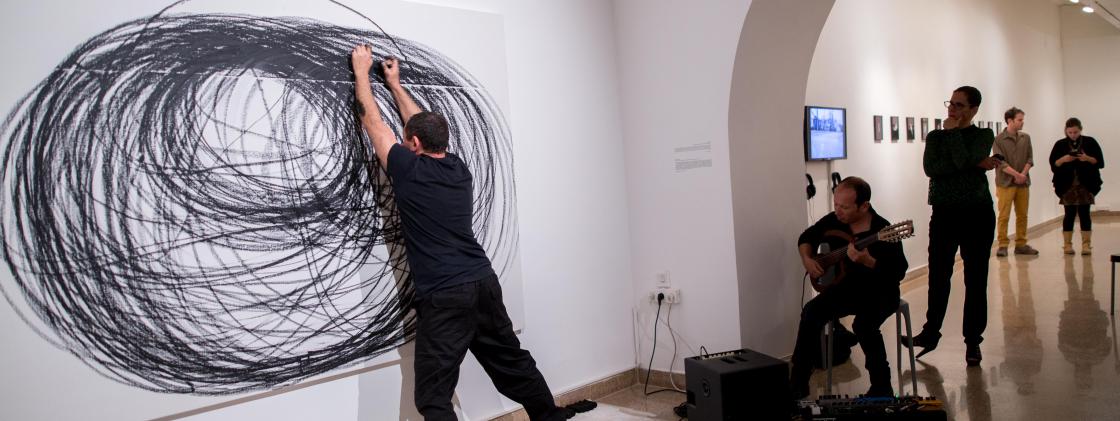

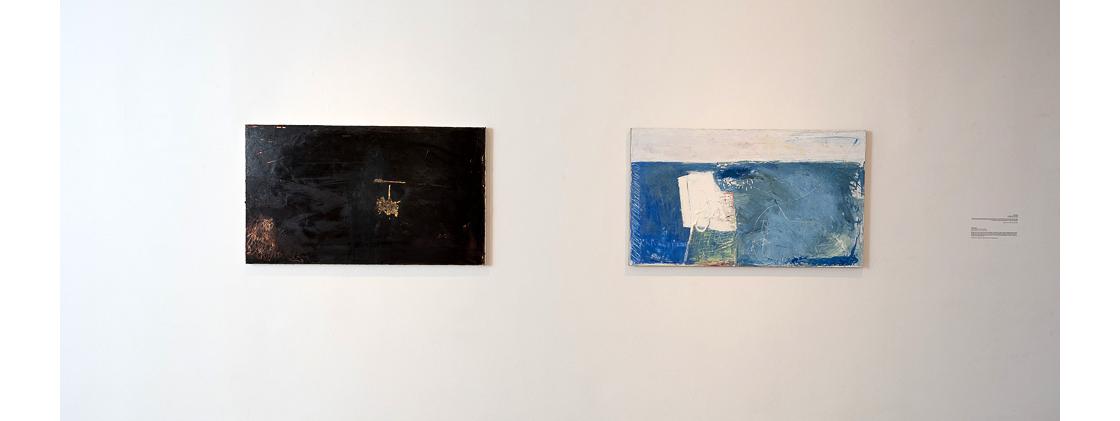
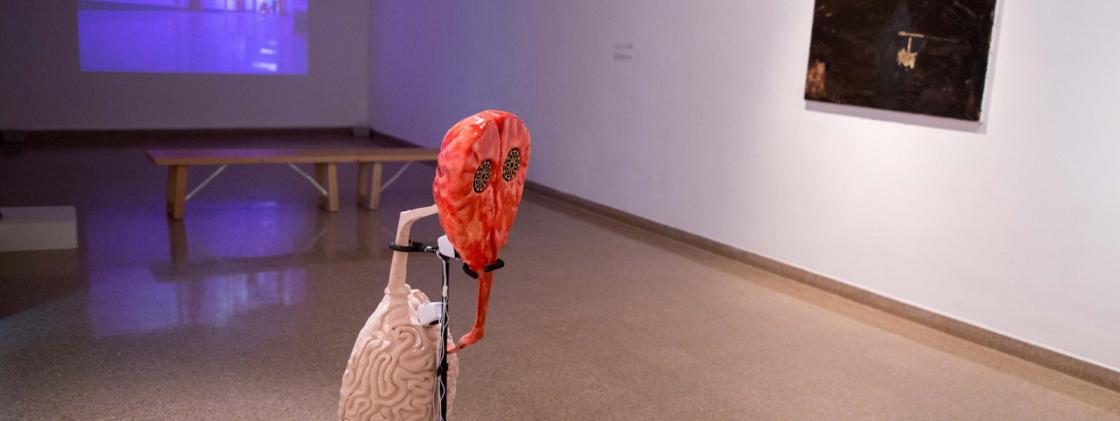
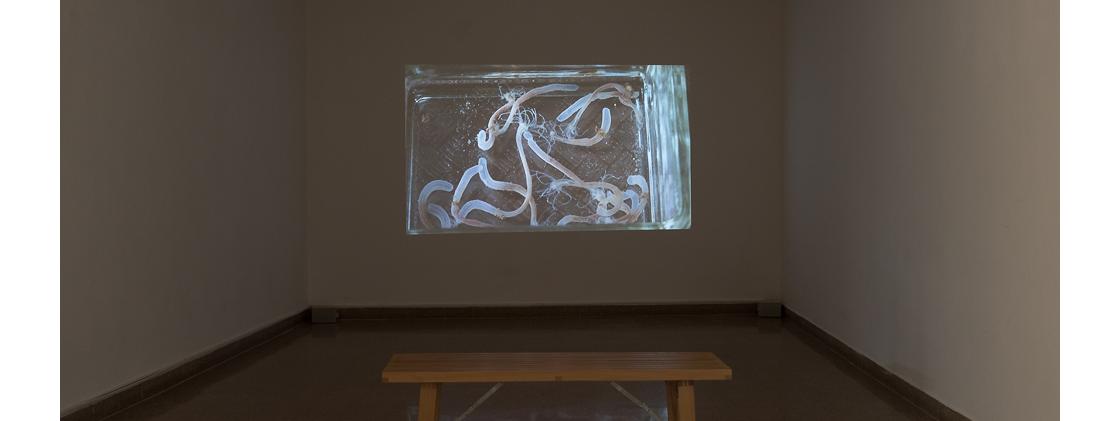
20
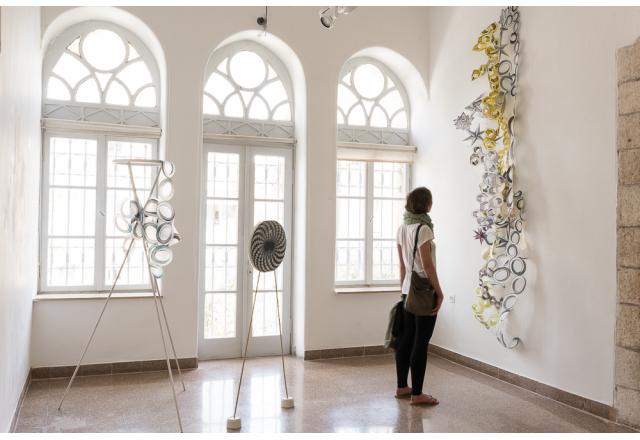
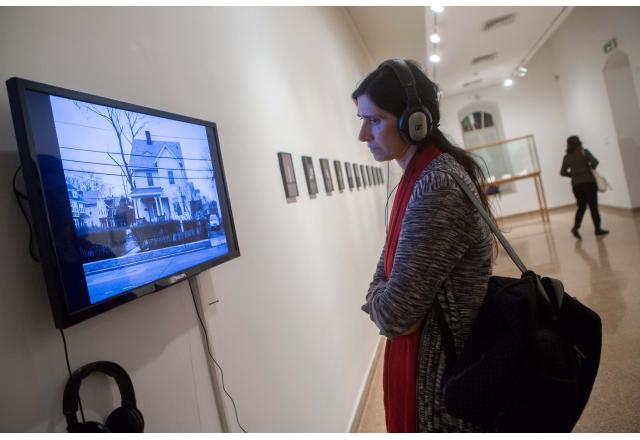
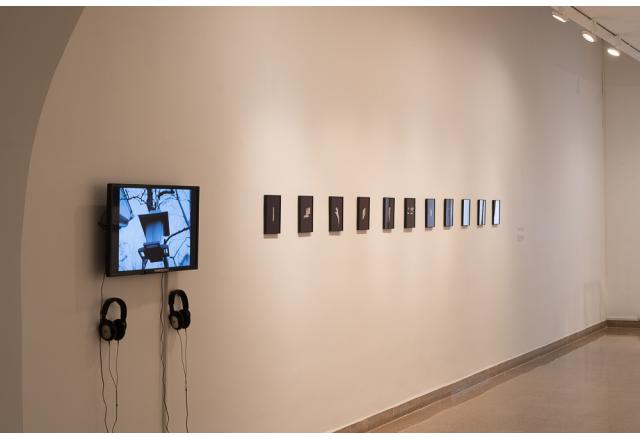
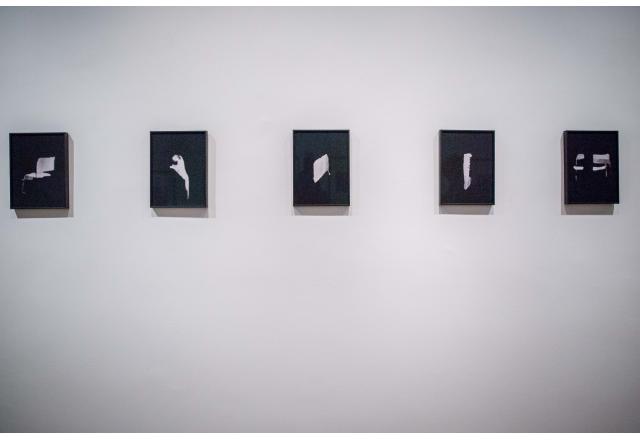
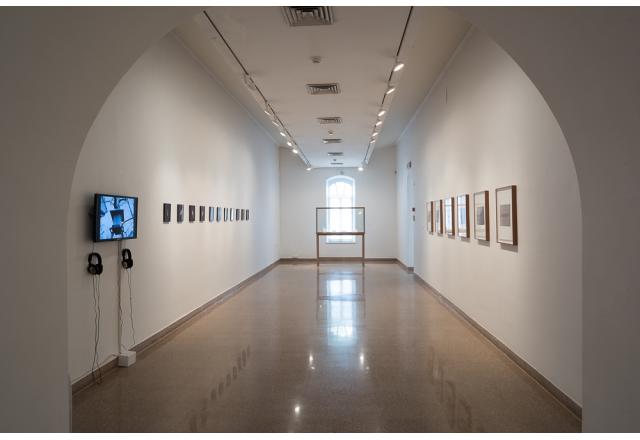

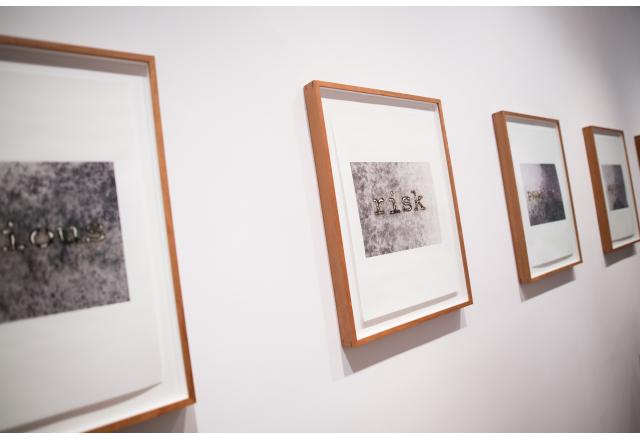
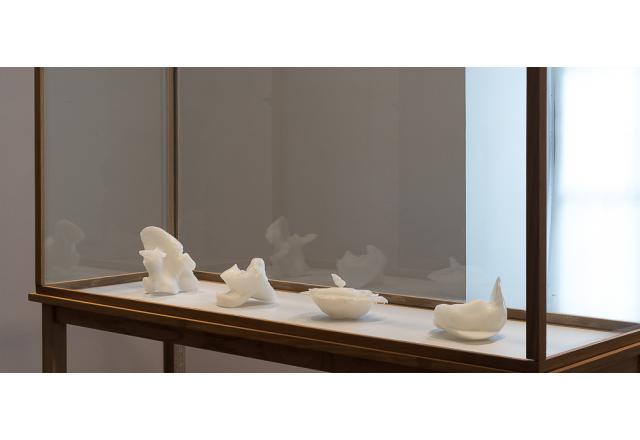
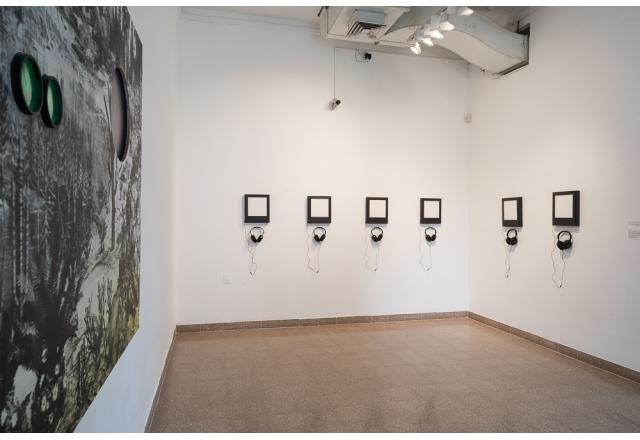
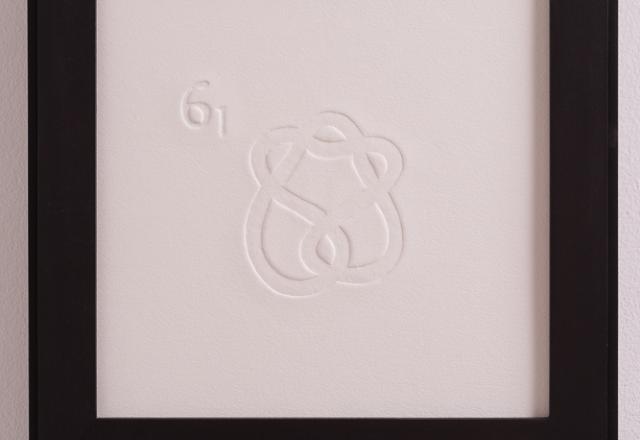
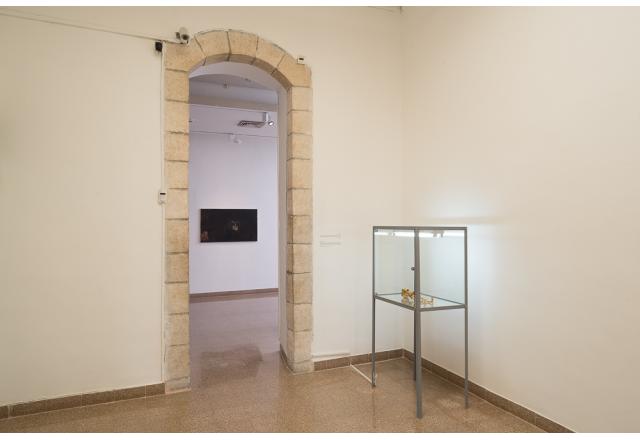
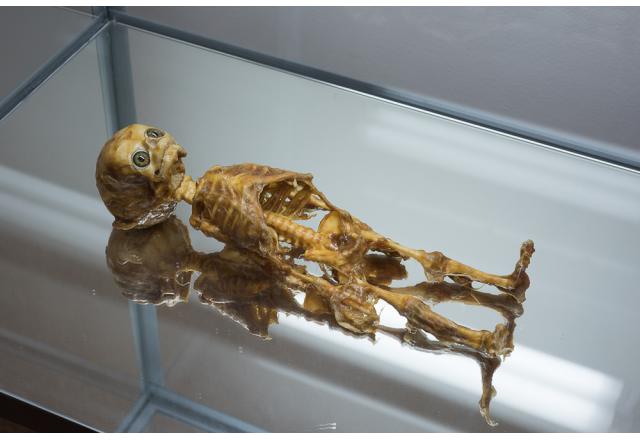
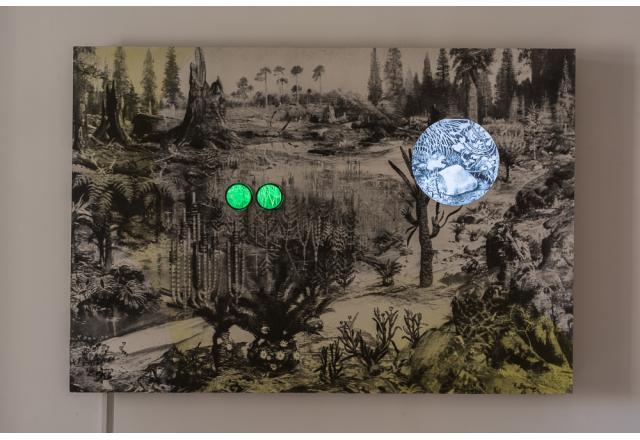
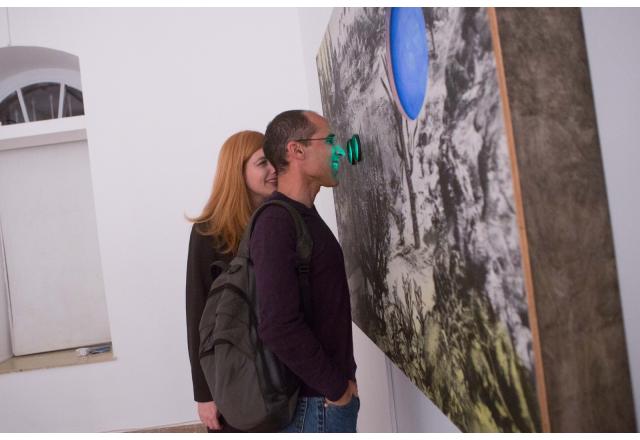
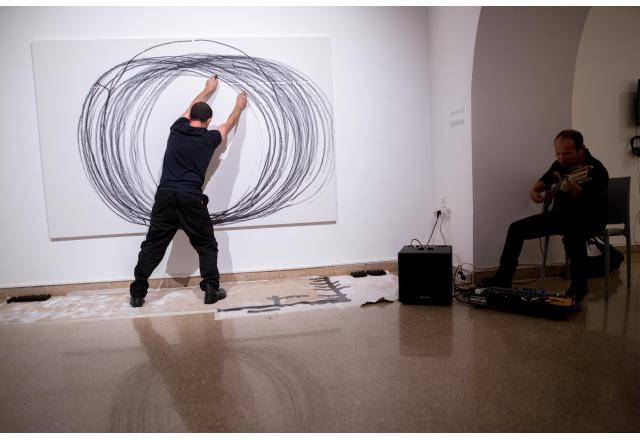
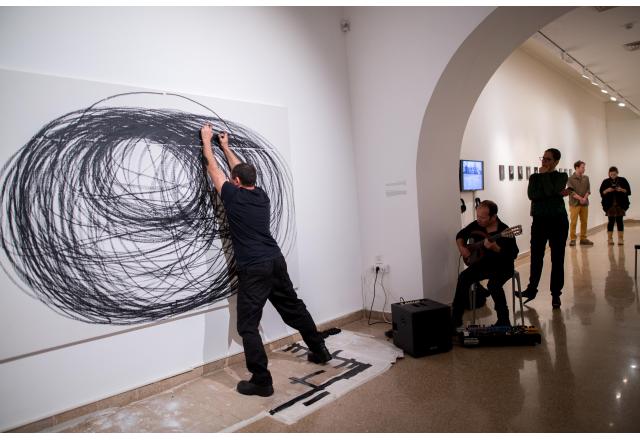
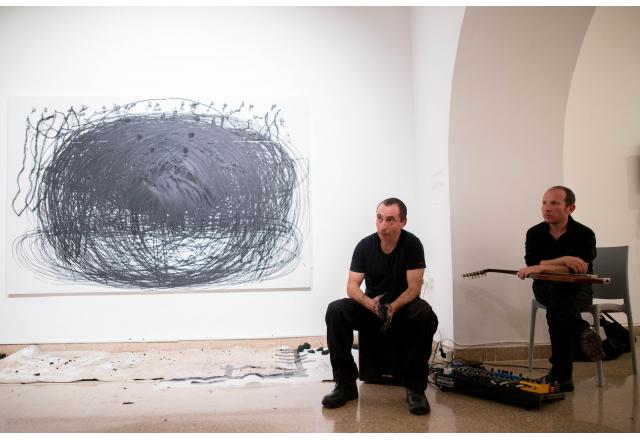
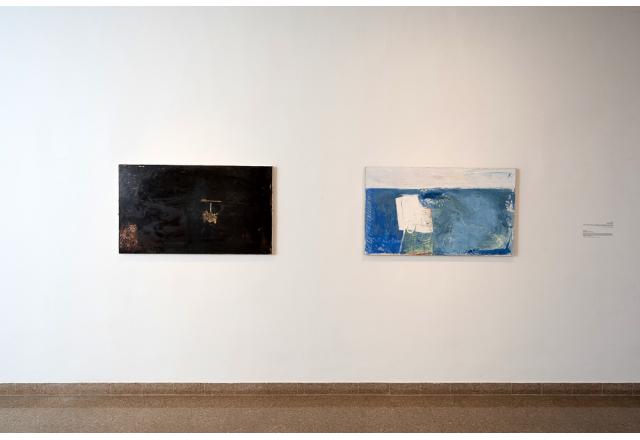
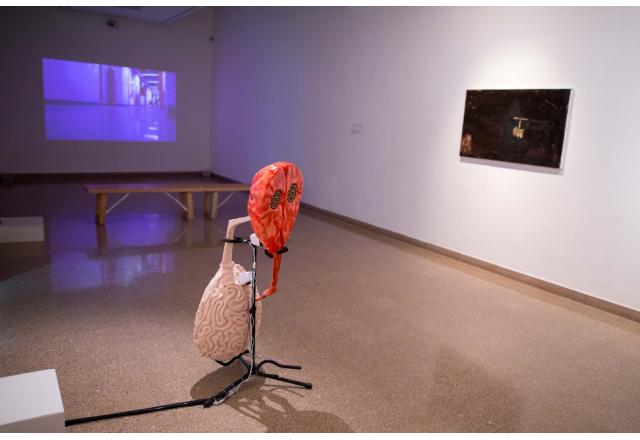
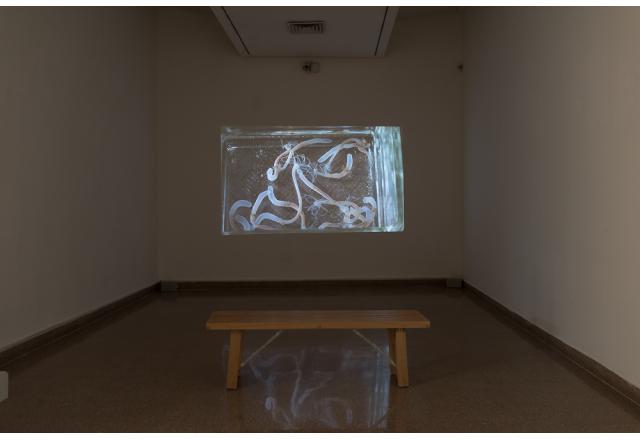
Between Synapses
|
Where Art and Brain Sciences Intersect
Rinat Kotler |
Hillel Roman |
Tamar Latzman |
Uri Gershuni |
Edna Ohana |
Tirza Freund |
Ayelet Carmi |
Alex Kremer |
Tomer Sapir |
Maya Attoun |
Lior Waterman |
Nivi Alroy
Artists House, Jerusalem
Curators:
Michal Mor
Opening Date:
5 March, 2016
|
Closing Date:
30 April, 2016
199




